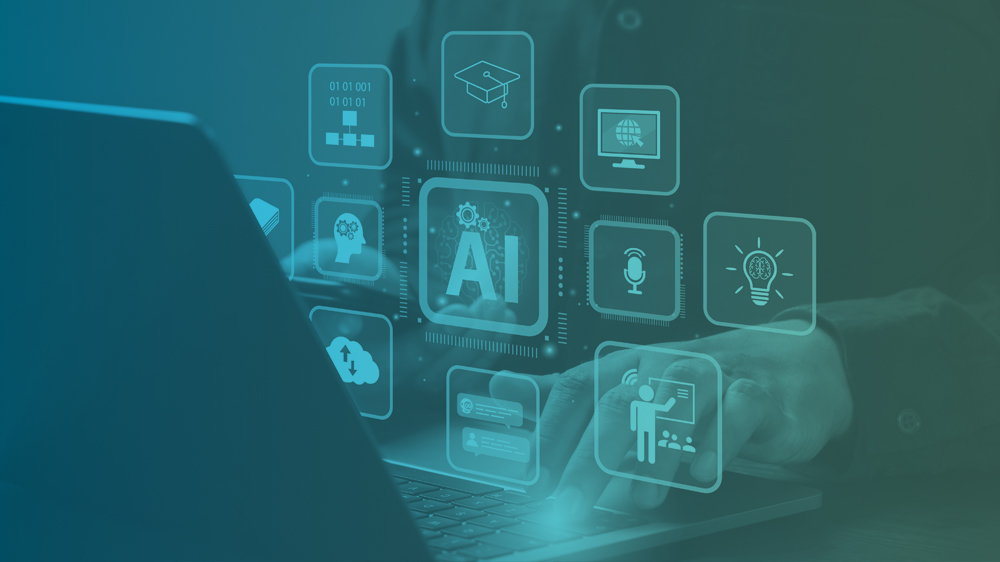AI Is Ready To Take Off—It Just Needs A New Runway
AI is undoubtedly the most talked-about technology today, but for all its promise, it has a secret: it’s only as good as the infrastructure behind it. It’s flashy, it’s game-changing, and, let’s be honest, it’s the tech world’s favorite buzzword. But none of these breakthroughs happen without the infrastructure to support them.
Think about it. AI isn’t magic — it’s data. Lots of data. Training, running, and scaling AI models demand a staggering amount of bandwidth, computing power, and storage. LLMs like ChatGPT, Gemini, CoPilot, and Apple Intelligence have grabbed the headlines, but AI’s true potential extends well beyond to applications like autonomous vehicles and real-time analytics, which push the limits of latency and reliability — and have the industry grappling with ways to keep up.
Take self-driving cars as an example. They rely on split-second decisions and uninterrupted data streams, where latency can mean the difference between a smooth stop and a fender bender. Or consider quantum computing, set to revolutionize AI by unlocking processing speeds we can barely fathom today. Both innovations could reshape entire industries … but only if the proper infrastructure is in place to handle their demands.
AI’s potential feels boundless, but its growth hinges on solving some massive constraints: energy consumption, edge computing for latency-sensitive applications, and the insatiable demand for bandwidth. These aren’t small hurdles. They’re fundamental requirements to unleash these transformational technologies.
Over the next five to ten years, AI’s possibilities are staggering. Seamless process flows that eliminate inefficiencies, networks that self-diagnose and heal in real-time, and vulnerabilities detected and fixed before they ever become a threat — the more AI evolves, the more spectacular its potential becomes. But none of that happens without a robust, adaptable infrastructure. Good old-fashioned power generation and high-capacity fiber optic networks must keep up, or AI systems will outpace the infrastructure they rely on, creating a bottleneck.
It’s not just AI as we know it today that will test these systems. Looking ahead, Forbes’ predictions for 2030 suggest generative AI will extend beyond our screens and into the physical world, powering humanoid robots capable of adapting to factories, hospitals, and even homes. The future of AI won’t just be powerful — it’ll be omnipresent.
So, as we push the boundaries of what AI can do, the question isn’t whether AI will transform industries. It’s whether we’re ready to support that transformation. And that’s what makes this moment in AI so exciting and full of opportunity.



